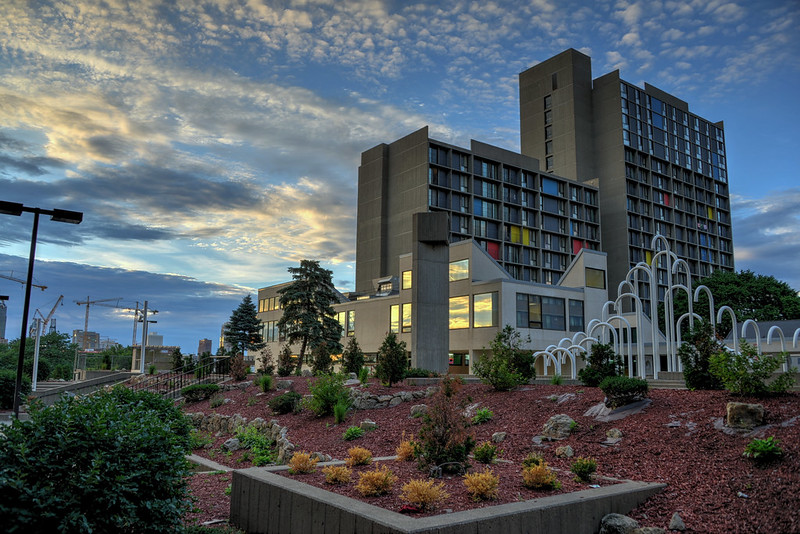Refugee Crisis Update
May 2018
Refugees and U.S. Policy: Tens of thousands of refugees continue to be impacted by current U.S. resettlement policies:
- The White House lowered the number of refugees who can come to the U.S. to a record low of 45,000 (from 110,000). Actual resettlement numbers are on track for around 25,000 to be resettled — there are special restrictions on refugees from 11 countries.
- The 11 nationalities impacted include Iraqis who support the U.S. military efforts in Iraq and Christians and other minorities; restricting their access to safety.
- Restrictions have been placed on refugee reunification (family members in camps not being allowed to join those already in the U.S.). This impacts many from Africa, Asia, Middle East.
- Statistics show that the refugee resettlement program is the safest U.S. immigration program. No one in the U.S. has been killed by a terrorist act committed by any of the 3+ million refugees resettled since 1980. Yet, there is now a “virtual wall” excluding many refugees, including persecuted Christians from Iran and Iraq.
- We don’t know how many new refugee families Arrive Ministries will resettle in 2018 (we have been approved by the U.S. State Department to welcome 155 refugees and 20 with Special Immigrant Visas). We were previously resettling about 400 per year.
- We have expanded our outreach to those refugees who are already here and have experienced a burgeoning number of volunteers in our Somali Adult Literacy Training (SALT) and Refugee Life Ministries (RLM) programs.
DACA/Dreamers—A Primer
- What is DACA?The Deferred Action for Childhood Arrivals program, better known as DACA, temporarily shielded certain child immigrants (often called Dreamers) from deportation and made them eligible for work permits. It was considered a temporary measure until Congress addressed immigration reform.
- Who is eligible for DACA?To qualify, immigrants had to have been under 31 at the time the program was announced (2012), have come to the U.S. before reaching their 16th birthday, have lived in the U.S. continually since June 15, 2007 and have no criminal record. About 1.6 million children qualified for DACA, but not all registered.
- Why did DACA end?Last September, Attorney General Jeff Sessions declared that DACA would end on March 5th. The administration said the deadline would force Congress to find a substitute for DACA. Congress has not found a substitute and, in the meantime, Dreamers are in limbo and two judges have ordered the administration to accept renewals to prevent deportation.
- How many people have DACA?The total number of DACA recipients, reported by Department of Homeland Security, is around 800,000.
- What can I do? Pray that congress would act. Also, advocate on behalf of dreamers who have no other country to go back to and have no other way to become legal residents of the U.S. For more information visit http://evangelicalimmigrationtable.com
Temporary Protective Status
- What is TPS: The Secretary of Homeland Security can designate a foreign country for TPS due to conditions in the country that temporarily prevent the country’s nationals from returning safely, or in certain circumstances, where the country is unable to handle the return of its nationals adequately because of such things as ongoing armed conflict (such as civil war) or environmental disaster (such as earthquake or hurricane), or an epidemic.
- Countries for which TPS is being terminated:
- Countries which may lose TPS status:
Refugees Worldwide (Source-UNHCR):
- 22.7 million refugees worldwide
- 5.1 million Syrians have fled as refugees.
- More than 62% of the 2.0 million refugees who have fled Southern Sudan are children.
- More than 3,000 drowned in the Mediterranean seeking safety in 2017.
- 17 years- the average length of time a refugee spends in a camp until they are resettled
- 45 million Internally Displaced People (IDP), including 6.6 million Syrians and 3.0 million Yemenis
Refugees in the United States (Source-US State Department):
- 3,000,000 refugees from all countries have arrived in the U.S. over the past 30+ years.
- From fiscal years 2002 to 2016, the U.S. admitted 399,677 Christian refugees and 279,339 Muslim refugees. 46% of all refugees who have entered the U.S. during this time have been Christian while 32% have been Muslim (Pew Research Center).
- More than 250,000 women/children have been resettled in the U.S. since 2011 (70% of total).
- 18-24 months is the average security screening time for a refugee before arriving in the U.S.
- The Administration lowered the number of refugees to be allowed into the United States annually from 110,000 in PY2016-2017 to 45,000 in PY2017-2018 (or one refugee for every 7,000 U.S. residents).
What this means:
- The administration has seriously cut the number of refugees who can be resettled in the U.S. This means that fewer refugees are helped, reunification cases will be put on hold indefinitely, and those under TPS (and possibly DACA) will be deported.
- Refugees in the United States are protected by U.S. law. Refugee status does not expire, but we encourage refugees to apply for green cards (after 1 yr) and to become U.S. Citizens (after 5 yrs).
How to respond:
- Pray for our country’s leaders, refugees around the world, and the church.
- Love your friends, neighbors, and coworkers who are refugees, DACA or on TPS. They are feeling disheartened right now and also unsure of the future of their loved ones still overseas.
- Advocate for helping refugees overseas and for a compassionate response to refugee resettlement and for Dreamers from our leaders in Washington.
- Volunteer and Support Arrive Ministries. We still have refugees being resettled and have many families already here who desire friendship, ESL/tutoring help, employment mentors, and other practical support. Above all “love your neighbor as yourself.”




